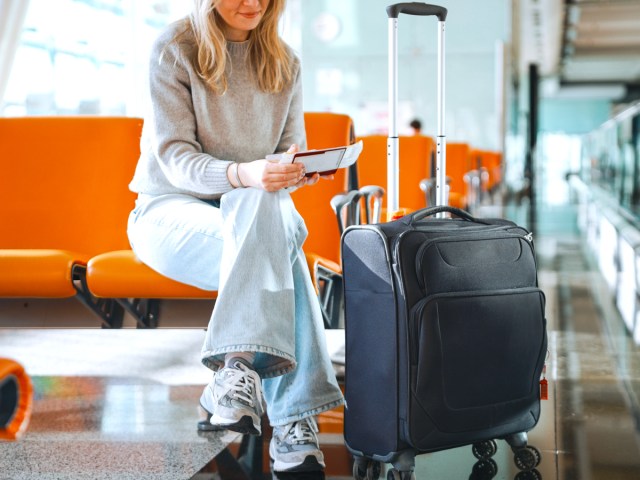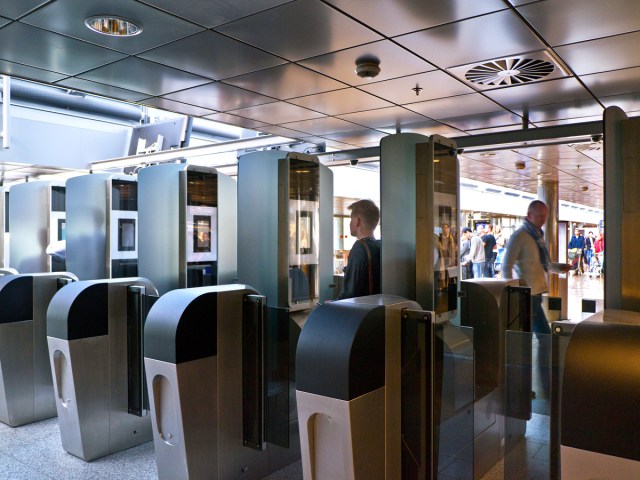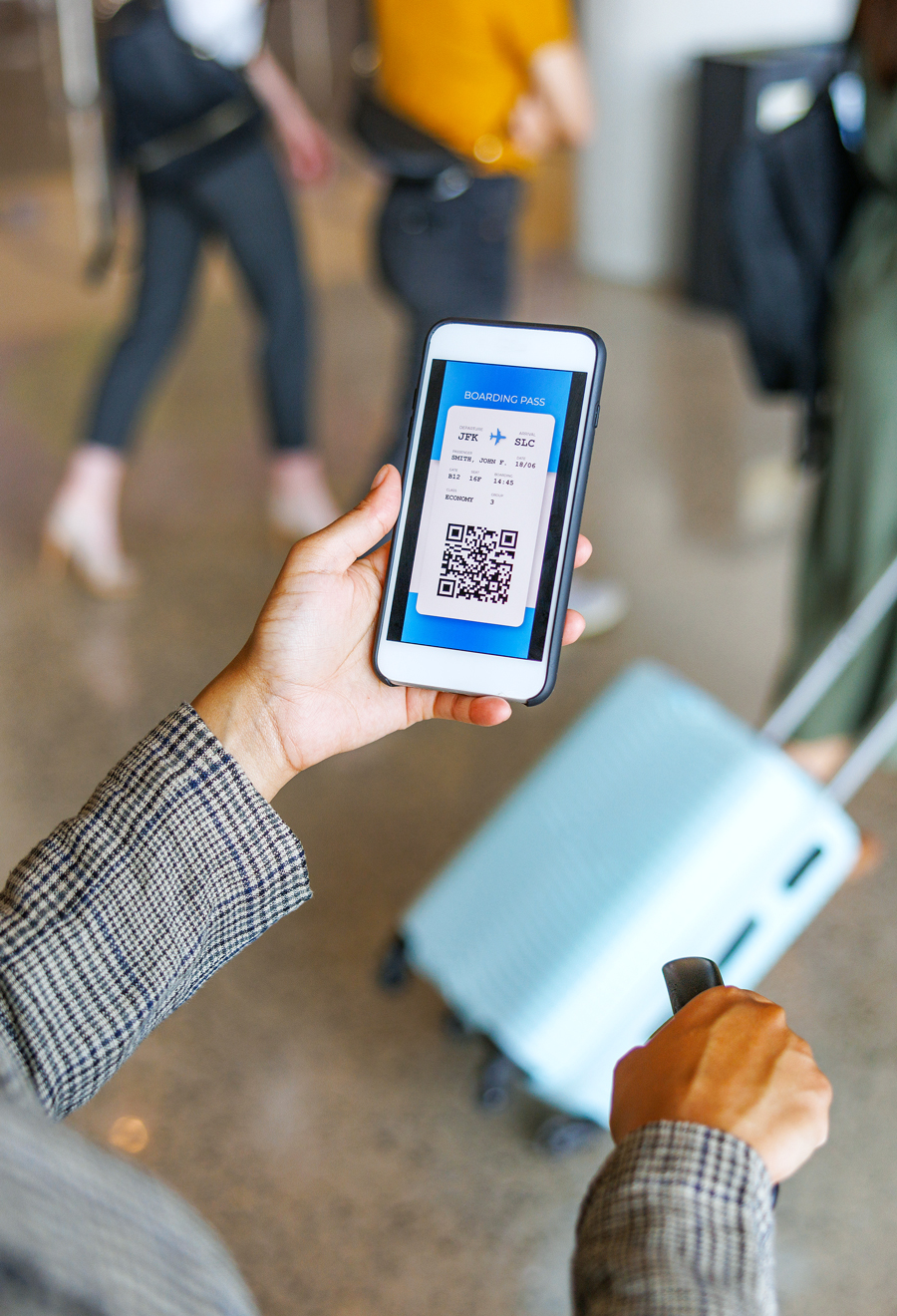For decades, tucking a boarding pass into the crease of a passport was a familiar feeling for many travelers. But as airports around the world make the move to digital identification and boarding systems, these trusty slips of paper may soon go the way of relics like in-flight smoking. From smartphone scans to biometric passports, the way we get on an airplane is already being reimagined, and the boarding pass — once an essential travel document — may be obsolete sooner than we think. Let’s take a look at what’s changing and why.
The Evolution of Boarding Passes

Early boarding passes, from the end of World War II into the early 1970s, were simple handwritten cards. Starting in the 1980s and 1990s, airlines began printing passes with magnetic stripes or barcodes that worked with the era’s early computer systems.
As air travel boomed in the 2000s, online check-in became more widespread. Boarding passes moved from airport counters to home printers and, eventually, to mobile phones. Now, digital boarding passes stored in airline apps or smartphone wallets have become the default in many parts of the world. The next step? Eliminating the boarding pass altogether.
Leading the charge is the International Civil Aviation Organization (ICAO), a United Nations agency dedicated to safe and efficient air travel. The ICAO is spearheading a seamless, contactless travel experience powered by what the agency calls the Digital Travel Credential. The idea is for this DTC to act as a virtual passport and boarding pass in one, allowing travelers to move through airports and into their airplane seats with nothing more than their face and their trusty phone.
What Will Digital Travel Look Like?

As you’re probably aware, currently travelers are required to check in before a flight. This can typically be done online from 24 hours in advance of your trip, or at the airport when you arrive. In both instances, this is when you receive your boarding pass, whether it’s a digital version or a printout.
Under the new system, the process of checking in before a flight won’t be required. Instead, when booking a flight, passengers will download their Digital Travel Credential — also known as a journey pass — to their phone. The journey pass stores flight details and any relevant extra information, like car rentals, along with your passport information, which is also scanned during the flight booking process.
This digital document will be automatically read throughout the airport. With traveler facial scans at the luggage counter, security checkpoints, and the boarding gate, you’ll be able to board a flight without ever pulling out a phone or boarding pass. The idea is for it to also be dynamic: Travelers with flight cancellations or missed connections will be automatically rebooked, and their journey pass will update in real time.
How Safe Is Digital Travel?

The main reasons for the push toward fully digital travel are security and efficiency, according to the ICAO. Biometric identification is harder to forge than paper documents, and it also makes for speedier ID verification at borders and checkpoints. For travelers, not having to dig through bags or fumble with apps also leads to a smoother journey.
Of course, it’s reasonable to be concerned about your personal data and how it will be used. According to Amadeus, one of the world’s largest travel technology innovators and a company involved in the initiative, all personal data is erased within 15 seconds after passing through each checkpoint. For travelers who do not wish to participate in digital identification, manual processing will still be available, according to an IATA press release.
The Future Could Be Here Sooner Than You Think

The elimination of checking in for a flight and receiving a boarding pass may seem like a logical evolution. Since e-ticketing was introduced in the late 1990s and early 2000s, digital boarding passes have become the norm — airlines such as Emirates and Saudi Arabia’s Riyadh Air no longer even offer the option of a printed pass.
This also follows recent trends such as the slow disappearance of the analog passport stamp in favor of digital travel records. In Italy, airports in Milan and Catania began testing a new system called FaceBoarding in 2024. Passengers are still required to check in and obtain a boarding pass, but after that, they can go through security and board their flight using only facial scans to confirm their identity.
Valerie Viale, Amadeus’ director of product management, touted this advancement as the “biggest change to civil air travel in 50 years” and noted that it could be in place as soon as two to three years from now. Some airlines, such as Delta with its Delta Digital ID and Lufthansa with the Star Alliance Biometrics program, have already begun integrating biometric boarding options at various airports.
While it seems likely that ICAO’s full vision will eventually come to fruition, all technological transitions take time to be fully implemented, so it could still be a while before all airports have introduced the technology required for such a change. But even though traditional paper or digital boarding passes are still the norm for now, you never know how soon they might be considered yet another artifact, replaced by a simple glance at a camera.
More from our network
Daily Passport is part of Inbox Studio, which publishes content that uplifts, informs, and inspires.























